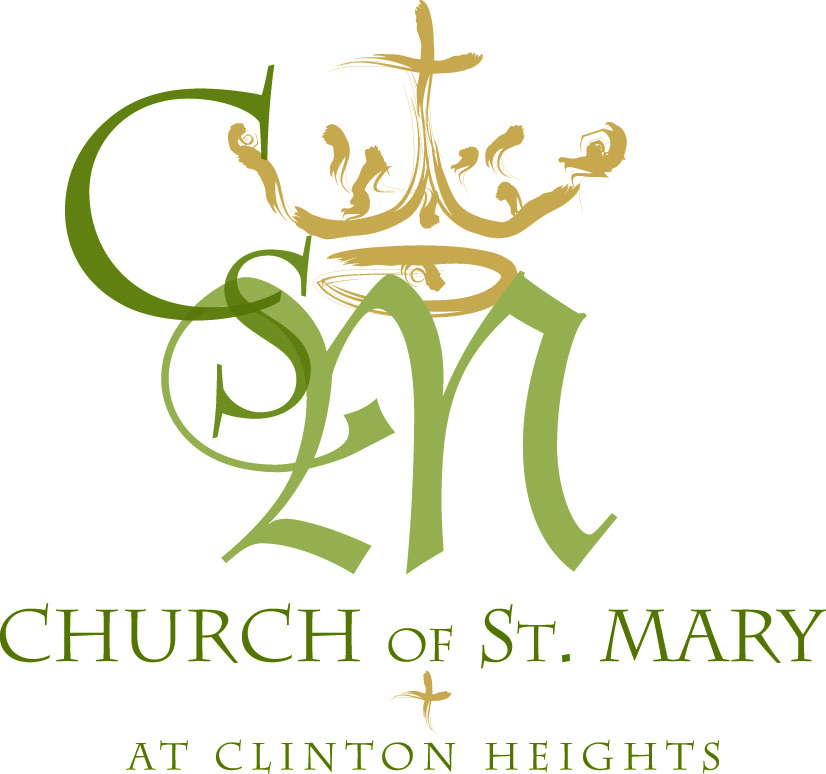Full, conscious, and active participation
The Constitution on the Sacred Liturgy (Sacrosanctum Concilium), the first document approved by the world’s Bishops gathered at the Second Vatican Council, serves as the blueprint for our liturgical renewal. It asserts that liturgy is a celebration of Christ’s paschal mystery. Our full, conscious and active participation in liturgy is vital since liturgy is the source and summit of our whole Christian life.
Why many vernacular languages (the languages people actually use) rather than one sacred language (Latin)?
After the Council, in the interests of enhancing the full participation of the entire assembly at worship, the Catholic Church authorized the use of the vernacular, the languages of the people for its liturgy. The results have been overwhelmingly positive. The vernacular has allowed the faithful to pray with greater understanding, to find deeper spiritual connections between the Tradition of the Church and their daily lives, and to formulate a voice and style of worship that fits the challenges and blessings of their day.
This “new” idea seemed to change centuries of liturgical tradition. But under the guidance of Popes John XXIII and Paul VI, the Fathers of the Second Vatican Council actually restored an ancient practice of praying in the language of the people. To be sure, some in the Church and outside it lamented the loss of Latin from the liturgy, but the experience of Sunday worshipers in parish churches around the world has shown that the decision in favor of the vernacular was truly a gift of the Holy Spirit.
Why a new Missal now?
During his long pontificate, our late Holy Father, John Paul II, added many new saints to the Roman calendar. As a result, in the year 2000, he approved a third edition of the Roman Missal in Latin to include Mass texts for all these new saints. The Latin Missal is the source of the translations into all the vernacular languages.
A little later, the Vatican congregation that oversees the Liturgy, The Congregation for Divine Worship and Discipline of the Sacraments, that had already been working on a revision of the guidelines for use in translating the liturgical books, issued a new guiding document, “Liturgiam Authenticam, On the Use of Vernacular Languages in the Publications of the Books of the Roman Liturgy.” After March 2001 all new translations of the Latin Roman Missal had to follow these revised guidelines for translation.
The English translation of the third edition of the Roman Missal reflects the new approach to translationthe technical name for which is “formal equivalence”so as to make the English more accurately resemble the Latin. The desire is to provide a more beautiful and more exacting language of prayer. The goal, for those who pray as members of the Body of Christ, is that the prayer be “to the greater Glory of God (Ad Majorem Dei Gloriam)”.
It has taken several years to translate the Missal from the original Latin into English, and the date of its use varies among the English-speaking countries, but here in the United States, the first Sunday of Advent, November 27, 2011, is the date set by the United States Conference of Catholic Bishops for everyone to use the new edition of the Missal at Mass.
What’s different in the new Missal?
The most noticeable change in this new Mass book is in the wording of the prayer texts. The new translation more closely corresponds to the original Latin, is richer in imagery, and more closely aligned with its sources in Scripture. It tries to expresses more authentically the scriptural roots of many of the texts we use at Mass. As you hear and pray these new texts, enter into a spirit of prayer and lift your hearts to God. This is a rich opportunity for us to renew our sense of mystery and awe, to deepen our Eucharistic spirituality and to learn more about the Mass. For it is at the Mass, that we, the Body of Christ, are nourished in word and sacrament to build the kingdom of God.
Within the lifetime of many of us, we have celebrated Mass from three different versions of the Missal. The translations are somewhat different, but the “new” Mass is still the same Mass! Each version of the Missal helps us celebrate better.
Change is always difficult for us. We are comfortable with the ways we have, and any change challenges us to let go of the familiar. Most changes are good; they help us grow, bring us new insight, and enable us to be creative and responsive in new ways. When the changes to the Mass (especially the prayer texts and people’s responses) are implemented in November 2011, it can be a positive experience of liturgical prayer, encounter with Christ, and lead to a deeper appreciation of the sacred.
Why is it important to resemble the original Latin?
The Latin texts are the fruit of many centuries of theological reflection and pastoral experience. They carefully nuance the faith of the Church. Many of them are beautiful and eloquent. To use a vernacular that adheres more closely to the Latin will give a clearer voice to the Church’s faith and unite us more closely to the universal church that relies on the same Latin text as its source. It is hoped that the new translation will mark an improvement over the one currently in use, and that it will assist future generations of worshipers to lift mind and heart to God in prayer.
Different kinds of language
Our current English translation has been criticized for being too informal or too “conversational.” Just as we have different ways of conversing depending upon whom we are with, i.e., family, friends, co-workers, dignitaries, so too, we should have a special language in conversing with God. The new translation is meant to provide another means of expressing our formal communal worship of God from our personal or private conversation with God… some would say, a more sacred language.
Liturgy and Scripture
As well as the issue of translation, another reason for some of the changes in wording is to make more apparent the references to the words of Scripture that often provide the foundation for the phrasing found in many of our liturgical texts. In the current English version, the relationship between many of our liturgical words and the words of the Bible is sometimes easy to miss. This change in translation will help us be more aware of how our liturgical texts are rooted in the Scriptures and this can help draw us more deeply into the meaning of the words we pray.
An example may help make this clear. Just before communion, the priest holds up the Host and says in our current wording: “This is the Lamb of God who takes away the sins of the world…” The scriptural episode that this wording echoes comes from the Gospel of John, where John the Baptist says of Jesus “Behold, the Lamb of God, who takes away the sin of the world” (Jn. 1:29). So when this gospel passage is read during the liturgy, we hear not “This is the lamb of God …” but “Behold, the Lamb of God …”. The new Mass translation will bring the more formal word “behold” into this communion invitation, so as to echo more directly the phrasing of Gospel text itself.
For the changes to responses & prayers said be the faithful at Mass, click here.





